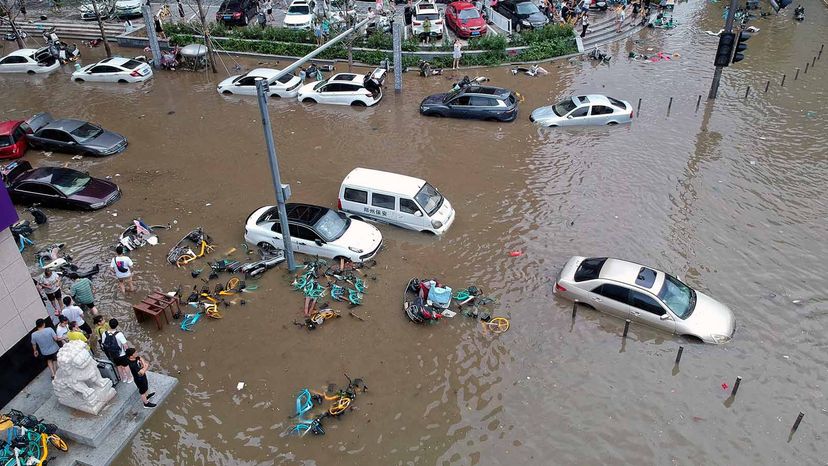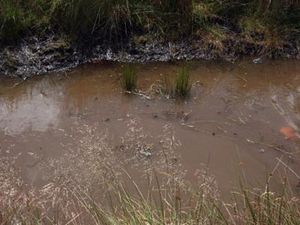
Key Takeaways
- Flash floods are particularly dangerous due to their rapid onset and powerful force, often catching people off guard.
- Their unpredictability and ability to quickly overwhelm areas make flash floods one of the deadliest natural disasters.
They don't call them "flash" floods for nothing. On July 20, 2021, panicked subway riders in the Chinese city of Zhengzhou pleaded for help as flood waters filled up their subway cars, trapping them inside. Many commuters were swamped up to their necks as they sent texts and cellphone videos out.
At least 12 commuters died and five were injured, according to the BBC. In another rescue operation in Henan province, about 500 people were rescued from subway tunnels filled with floodwaters. The flash floods occurred after days of torrential rains in China caused several dams and reservoirs to breach, requiring more than 200,000 emergency rescues.
Advertisement
Advertisement











